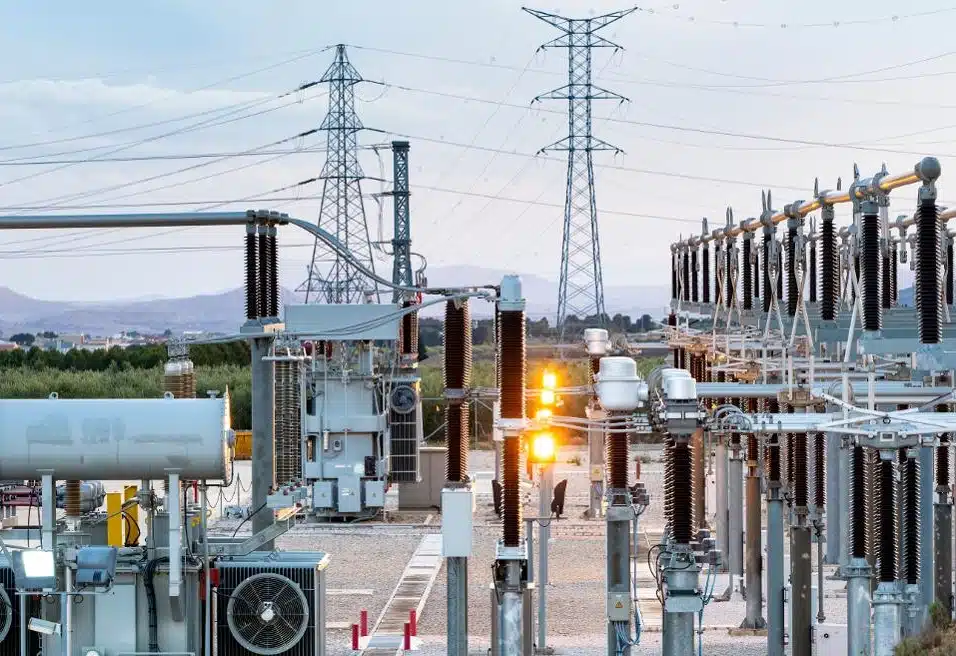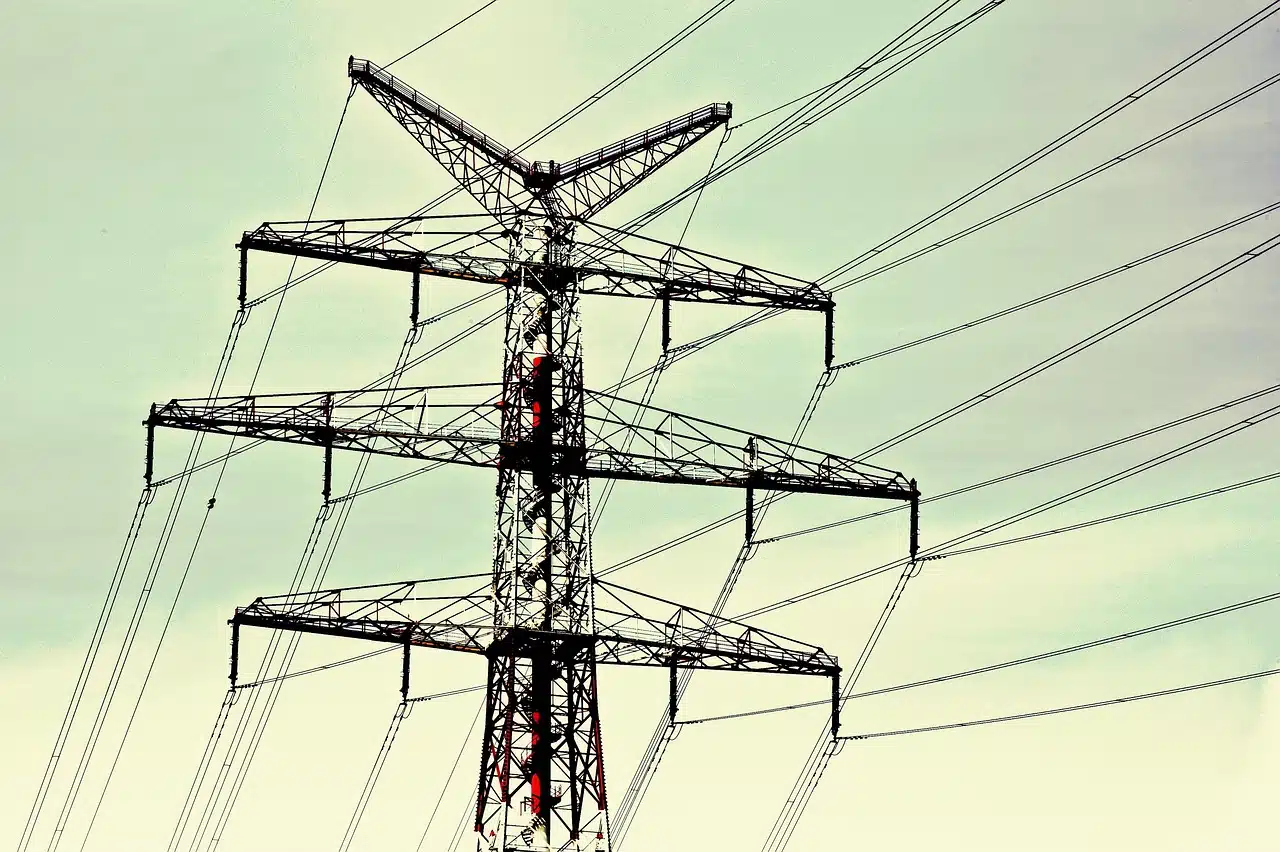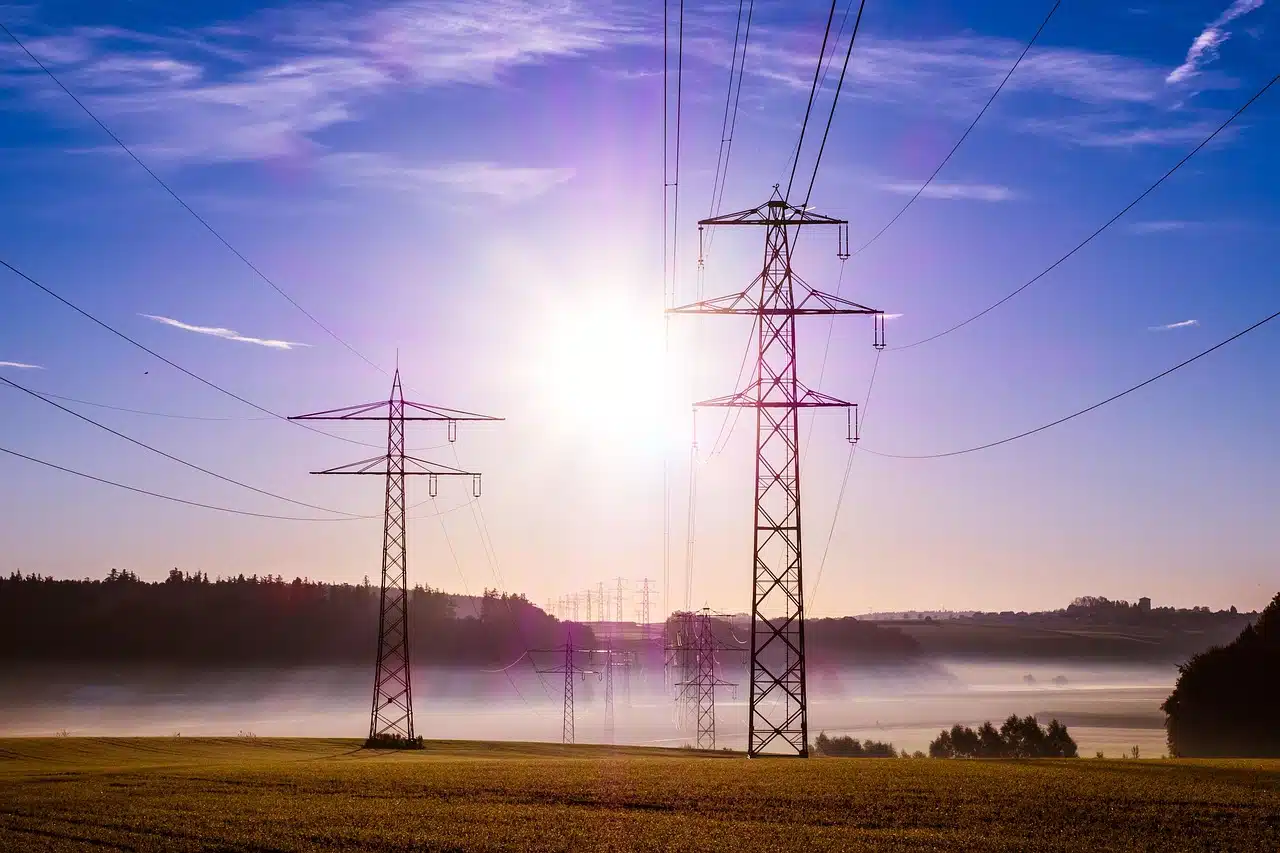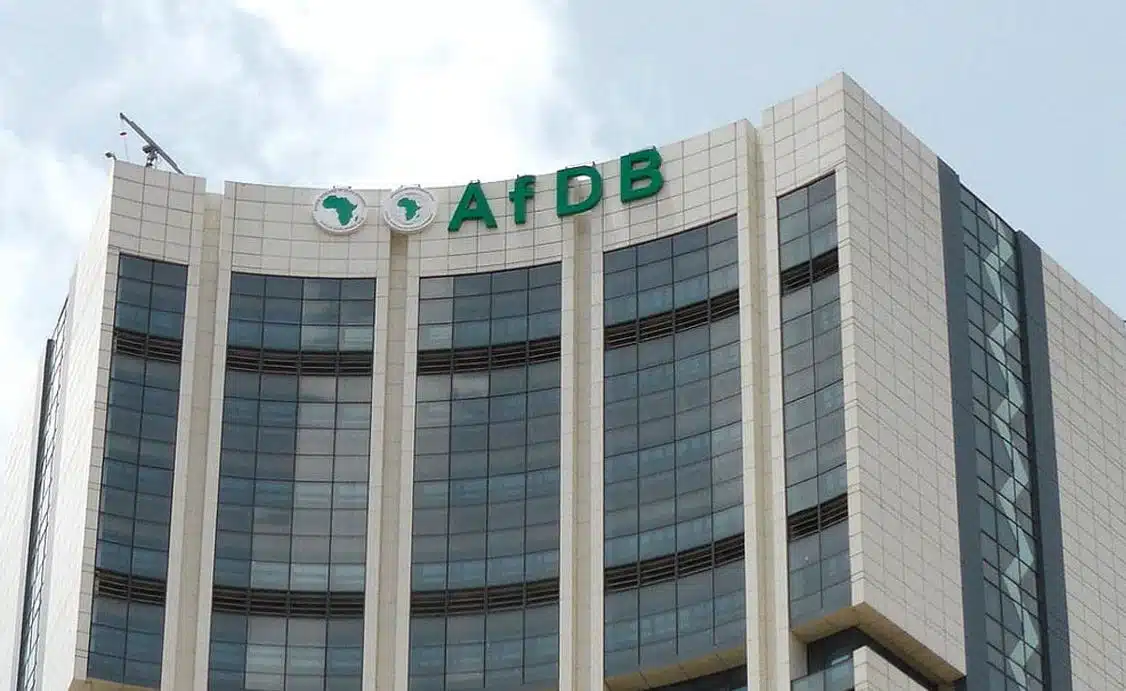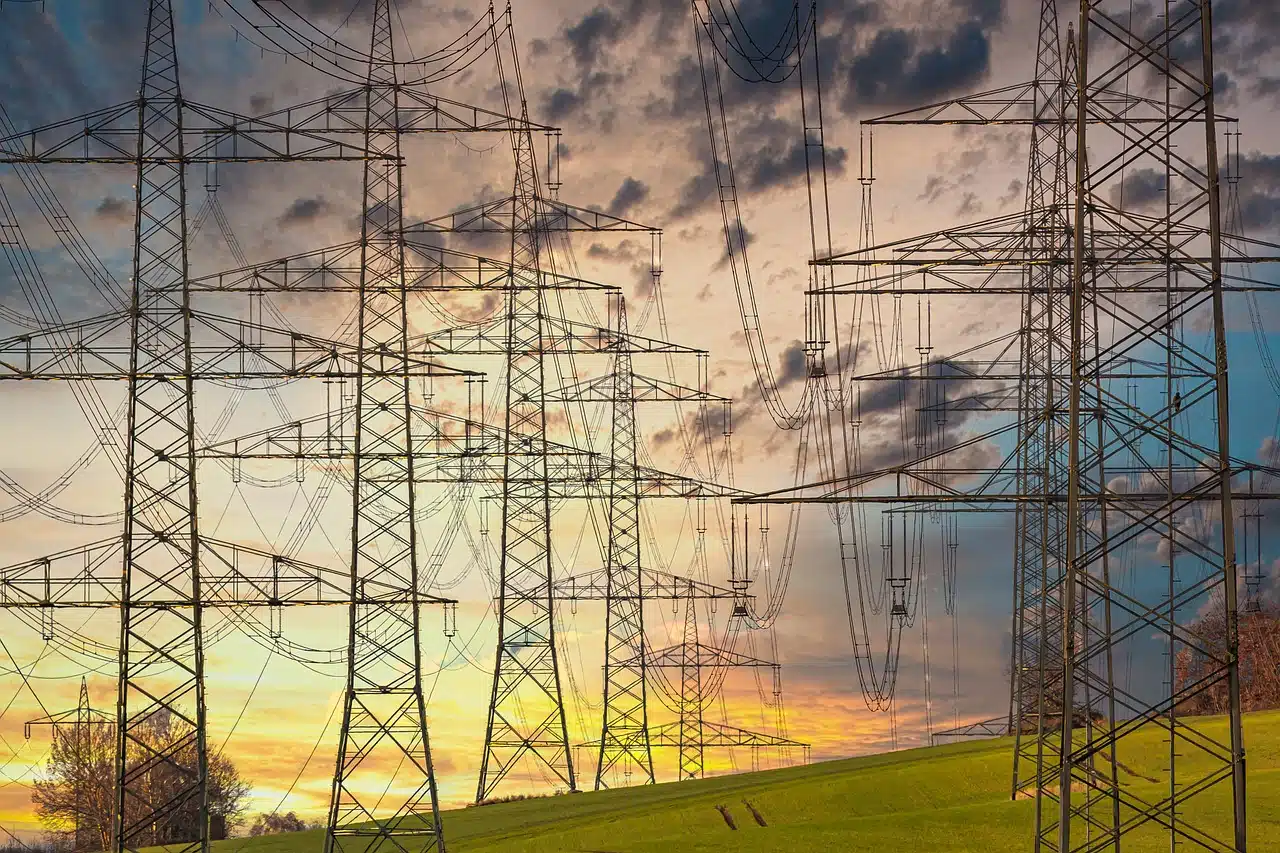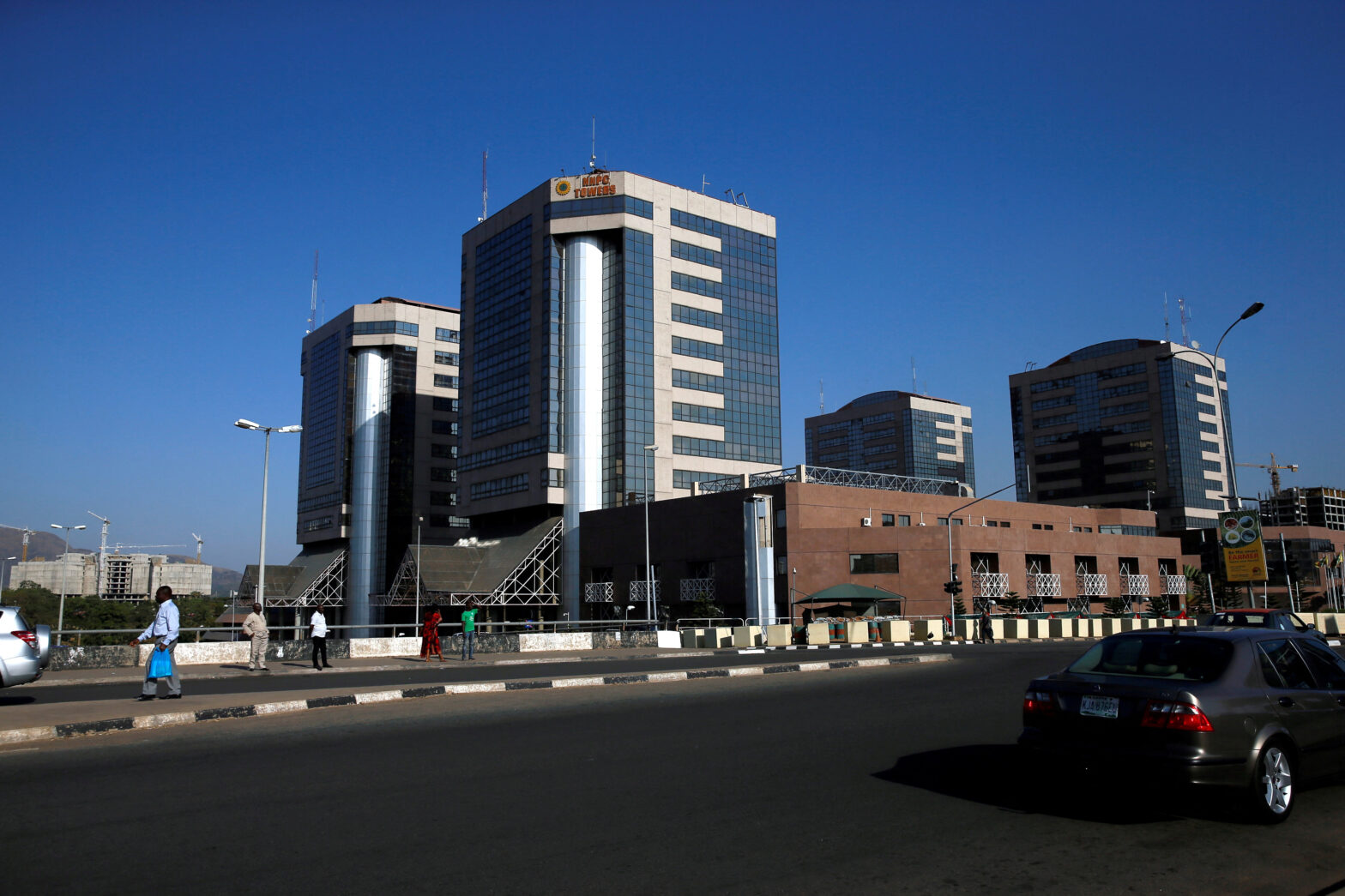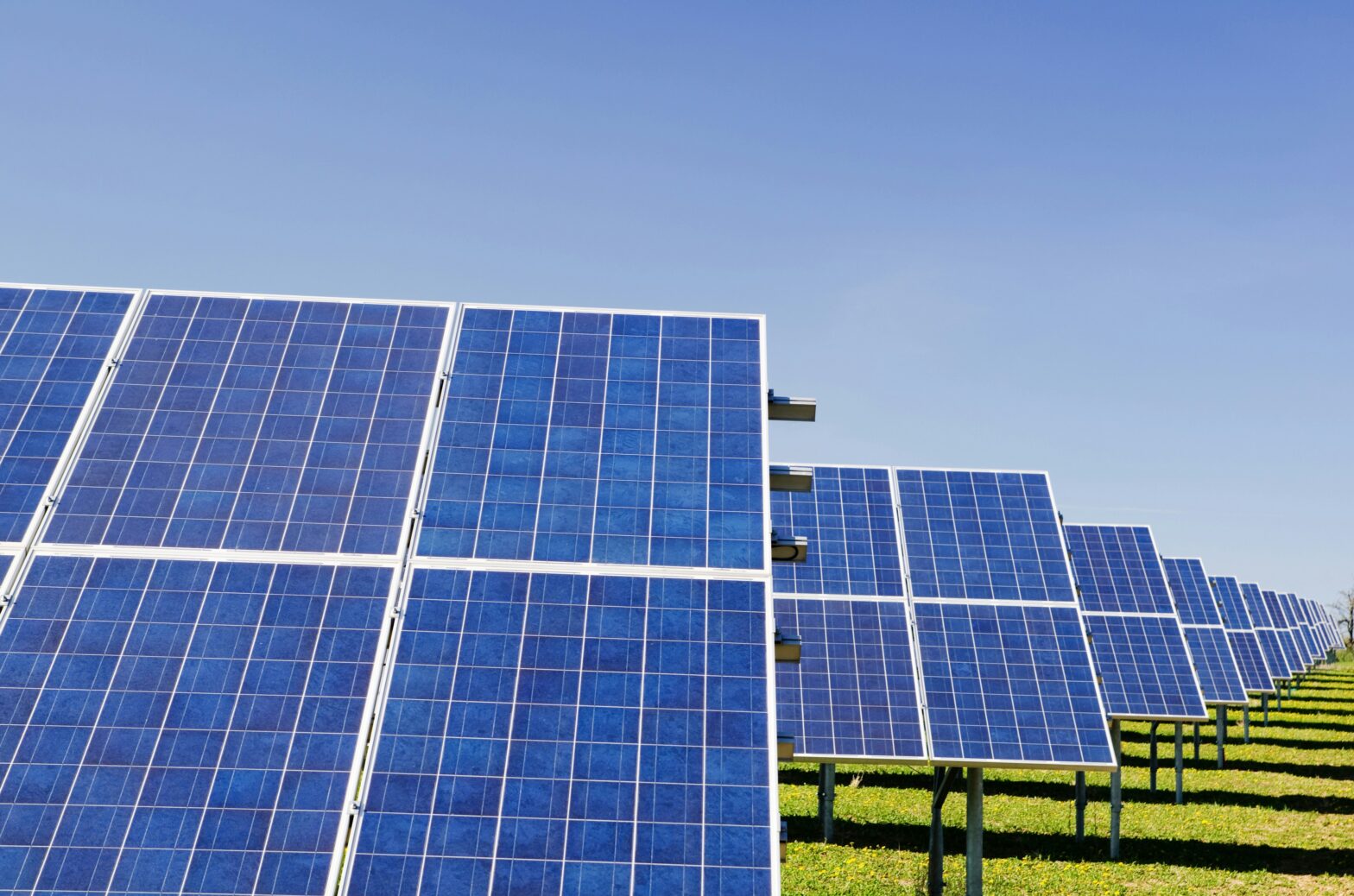In the first nine months of 2024, the Nigerian government reportedly allocated around N1.48 trillion to electricity subsidies, according to reports from the Nigerian Electricity Regulatory Commission (NERC).
The significant electricity subsidy paid to distribution companies (DisCos) continues, even after the removal of about 15% of electricity users, categorized as Band A, from subsidy allocation.
This substantial financial commitment highlights the government’s efforts to alleviate the economic pressure of electricity costs on consumers.
By subsidizing electricity, the government aims to provide relief to households and businesses, ensuring that energy remains accessible and affordable, particularly for the more vulnerable segments of the population.
However, despite these significant financial interventions, Nigeria continues to face persistent challenges in its power supply.
Frequent outages, inadequate service delivery, and the inability to meet the growing electricity demand have raised pressing questions about the long-term viability of continuing such subsidies.
Critics argue that while subsidies may offer short-term relief, they do not address the underlying issues of inefficiency, infrastructural deficits, and the financial sustainability of the power sector.
The policy of subsidizing electricity is intended not only to make energy more affordable but also to stimulate economic growth by reducing operational costs for businesses and enhancing the standard of living for citizens.
Yet, the heavy fiscal burden it imposes on the national budget has sparked intense debate among policymakers, economists, and stakeholders. They are tasked with finding a balance between supporting consumers and ensuring the financial health and efficiency of the power sector.
Subsidy expenditure surged in 2024
For instance, N633.30 billion was spent in the first quarter, followed by N380.06 billion in the second quarter, and N464.12 billion in the third quarter, adding up to a total of N1.14 trillion by the end of the third quarter alone.
These rising figures highlight both the growing cost of power generation and the challenges brought about by fuel price increases and exchange rate fluctuations—undermining the government’s efforts to phase out electricity subsidies through the introduction of Band classification.
Yusuf Alli, commissioner of planning, research, and strategy at the NERC, at the PricewaterhouseCoopers’ (PwC) annual power and utilities roundtable in Lagos, said the cumulative electricity subsidy may increase to N2.4 trillion at the end of 2024.
Alli said the subsidy fluctuated due to challenges with foreign exchange and tariff adjustments.
“As of November, the subsidy amount stood at N1.9tn, but with current trends, the monthly subsidy for electricity is expected to reach N260bn in December. When the action was taken in April to increase tariff for band A, that reduced it by over N100 billion,” he said.
One major issue is the lack of a cost-reflective tariff system, which prevents electricity distribution companies (DisCos) from generating sufficient revenue.
This situation creates a vicious cycle of financial shortfalls, with little incentive for DisCos to invest in infrastructure upgrades, leading to prolonged power shortages.
A shift towards a market-driven pricing model has been suggested as a potential solution.
The existing phasing out system, while providing short-term relief, fails to address the underlying issues of the electricity sector, which include outdated infrastructure, poor operational efficiency, and a lack of private investment.
Government’s attempt at reform faces mixed reactions
In recent years, there has been considerable debate regarding the Nigerian government’s consideration of whether to remove electricity subsidies. This discussion follows efforts by the federal government, beginning in 2020 under President Muhammadu Buhari, to phase out these subsidies through the Service Based Tariff (SBT) initiative.
The SBT links electricity tariffs to the number of service hours provided to consumers by distribution companies (DisCos).
From 2015 to 2020, the annual shortfall in electricity tariffs averaged N200 billion, reaching an alarming N600 billion by 2022.
In response, the Nigerian Electricity Regulatory Commission (NERC) introduced the Multi-Year Tariff Order (MYTO) 2022 to gradually eliminate the subsidy. However, progress was hindered in July 2023 due to a freeze on tariff reviews, complicating the subsidy phase-out efforts.
The federal government’s strategies for phasing out electricity subsidies also sparked widespread discussion.
In 2021, former Vice President Professor Yemi Osinbajo indicated that monthly subsidy payments in the electricity sector, totalling approximately N30 billion, were expected to cease by 2022.
In 2022, NERC Chairman Sanusi Garba highlighted the unsustainability of the government’s subsidy payments, pointing to the anticipated profits for investors.
On April 3, 2024, the NERC approved an increase in electricity tariff for customers under the Band A classification to reduce the amount the federal government spends on subsidising electricity.
The agency said customers under the classification who receive 20 hours of daily power supply, will pay N225 per kilowatt (kW) — up from N66.
The NERC said the approved tariff would reduce electricity subsidies for the 2024 fiscal year by about N1.14 trillion.
This debt burden, combined with the escalating cost of subsidies, has prompted calls for comprehensive reforms in the sector.
The proposed subsidy removal has sparked mixed reactions. Supporters argue that it is a necessary step towards reducing fiscal deficits and promoting sectoral efficiency.
However, critics are concerned about the immediate impact on consumers, particularly those in lower-income households, who may struggle with higher electricity bills.
In an interview with Jumoke Adetunji, a stakeholder in the sector, she said the removal of subsidies could lead to higher electricity tariffs, which could exacerbate existing social inequalities.
“For households, especially those in lower-income brackets, the increase in electricity prices may reduce disposable incomes, forcing families to cut back on essential expenses like healthcare, education, and food.
“This could deepen poverty levels and widen income inequality unless adequate mitigation measures, such as targeted cash transfers, are introduced,” Adetunji said.
She added that rising electricity costs may increase operational expenses for businesses, particularly small and medium enterprises (SMEs), reducing profitability.
“Some businesses may resort to costly alternative energy sources like diesel generators, which further raises operational costs and has environmental consequences,” she said.
“In extreme cases, businesses that cannot absorb the increased costs may be forced to shut down, leading to job losses and a decline in economic productivity,” Adetunji added.
According to Dr. Titobi Olarewanju, an energy economist, reforming Nigeria’s electricity sector must be urgent.
He likens the current subsidy system to “putting a band-aid on a deep wound” because it fails to tackle the sector’s root problems.
Dr. Titobi highlights that subsidies, although offering short-term relief, deter investment in the sector due to the absence of cost-reflective tariffs. He notes that this investment shortfall, coupled with the government’s significant debt to generating companies, undermines the industry’s financial stability.
Dr. Titobi advocates for a carefully implemented reform strategy, including the gradual removal of subsidies, to achieve sustainable long-term benefits.
“By encouraging energy efficiency and attracting private sector investment, the government could enhance the electricity supply infrastructure, ultimately fostering economic growth,” he said.
However, he acknowledges that such reforms must be accompanied by targeted support for vulnerable populations to avoid social unrest.
Looking forward: Transforming Nigeria’s economy with energy reforms
While the immediate consequences of subsidy removal may be challenging, there are potential long-term benefits for the Nigerian economy.
With reduced fiscal deficits and increased private sector participation in the power sector, the government could drive improvements in infrastructure and service delivery. These changes could lead to a more reliable electricity supply, boosting industrialization, GDP growth, and overall economic productivity.
Increased efficiency in the power sector could also enhance Nigeria’s competitiveness on the global stage, making the country a more attractive destination for foreign direct investment. However, achieving these long-term benefits requires careful planning and implementation of reform measures.
Dr Titobi explained that for the transition to a subsidy-free electricity sector to be successful, the government must strike a delicate balance between economic sustainability and social equity.
“A phased approach to subsidy removal, with adequate social safety nets for vulnerable groups, will be key to mitigating the negative impacts on households and businesses,” he said.
He added that transparent communication from the government is essential to avoid public resistance to the reforms. By outlining the long-term benefits of subsidy removal and providing targeted support for low-income Nigerians, the government can facilitate a smoother transition to a more market-driven electricity sector.

